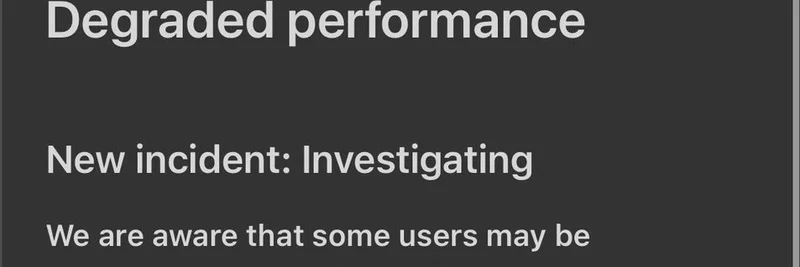Hey there, crypto enthusiasts! If you're deep into the world of meme tokens and DeFi (that's decentralized finance, for the uninitiated—think lending and borrowing without banks), you've probably felt the sting of market volatility more than once. Well, buckle up because we're breaking down a recent bombshell from the Aave protocol that showcases just how robust DeFi can be, even when the market goes haywire.
The Big Stress Test: What Happened?
On October 10, 2025, Stani Kulechov, the founder and CEO of Aave, dropped a tweet that had the crypto community buzzing. Aave, one of the leading lending platforms in DeFi with over $75 billion in total value locked (TVL—that's the total assets deposited into the protocol), faced its largest stress test ever. In just one hour, the system automatically liquidated a whopping $180 million worth of collateral. And get this: it all happened without a single human lifting a finger.
For context, liquidations occur when borrowed positions become undercollateralized—meaning the value of what you put up as security drops below a safe threshold due to price swings. In traditional finance, this might involve frantic calls from your broker, but in DeFi, smart contracts handle it seamlessly. This event was triggered by a broader market crash, reportedly sparked by former President Trump's threats of 100% tariffs on China, which sent shockwaves through crypto. Bitcoin dipped below $110K, Ethereum fell 16%, and tokens like AAVE itself plummeted up to 40% on some exchanges.
But Aave? It operated like a well-oiled machine, proving once again why DeFi protocols are built for chaos.
Why This Matters for Meme Token Traders
Meme tokens—those fun, viral coins like DOGE or newer ones tied to trends (remember the Trump memecoin liquidity events mentioned in community discussions?)—are notorious for wild price swings. Traders often use platforms like Aave to leverage their positions: borrow against your holdings to amplify gains (or losses). During crashes, this can lead to cascade liquidations, where one sell-off triggers another.
In this case, the $180M liquidation likely included a mix of assets, including volatile ones popular in the meme space. One user shared how their Aave position survived multiple black swan events, from the FTX collapse to recent memecoin rug pulls, all thanks to the protocol's reliability. Secured by oracles like Chainlink for accurate pricing, Aave prevented "scamwicks" (fake price spikes that trigger unfair liquidations).
If you're trading memes, this event is a wake-up call. It shows that while centralized exchanges (CeFi) like Coinbase stumbled with degraded performance during the dip, DeFi kept chugging along.
As one reply put it: "DeFi > CeFi every time." Centralized platforms can freeze or lag, but Aave's decentralized nature ensured smooth operations, protecting billions in user funds.
Lessons from the Liquidation Cascade
This wasn't just Aave's win; it highlighted broader DeFi resilience. Market-wide liquidations hit $770M to $10B across platforms, with Ethereum and Bitcoin leading the pack. Yet, protocols like Aave, Pendle, and Fluid had zero downtime, while some exchanges wicked prices wildly (AAVE hit $75 on Kraken before rebounding).
For blockchain practitioners and meme insiders:
- Risk Management is Key: Always monitor your health factor on Aave (a score showing how close you are to liquidation). Aim for buffers above 1.5 to weather volatility.
- Oracle Reliability: Chainlink's role here can't be overstated—it provides tamper-proof price feeds, preventing manipulation that could wreck meme token loops.
- Buyback Opportunities: Post-event, Aave's governance might use liquidation fees to buy back $AAVE tokens, stabilizing the ecosystem.
- Meme Token Tie-In: With memes often used as collateral or borrowed assets, events like this underscore the need for diversified portfolios. Trump's tariff talk nuked alts, but survivors like ZEC showed quick reversals.
Community reactions were mixed—some celebrated Aave's antifragility, others lamented lost positions. One trader quipped about half their net worth in $AAVE tanking, suggesting code tweaks for price floors (spoiler: that's not how free markets work).
Looking Ahead: Building on Resilience
As we at Meme Insider continue to track the intersection of memes and tech, this Aave saga reminds us that DeFi isn't just hype—it's battle-tested infrastructure. Whether you're farming yields on meme pairs or looping positions for max gains, protocols like Aave offer tools to navigate the chaos.
If you're new to this, check out Aave's docs or start small. And remember, in crypto, survival is the first rule. Stay tuned for more breakdowns on how events like this shape the meme token landscape.
What do you think—will this crash birth new meme narratives, or is it just another cycle shakeout? Drop your thoughts below!


